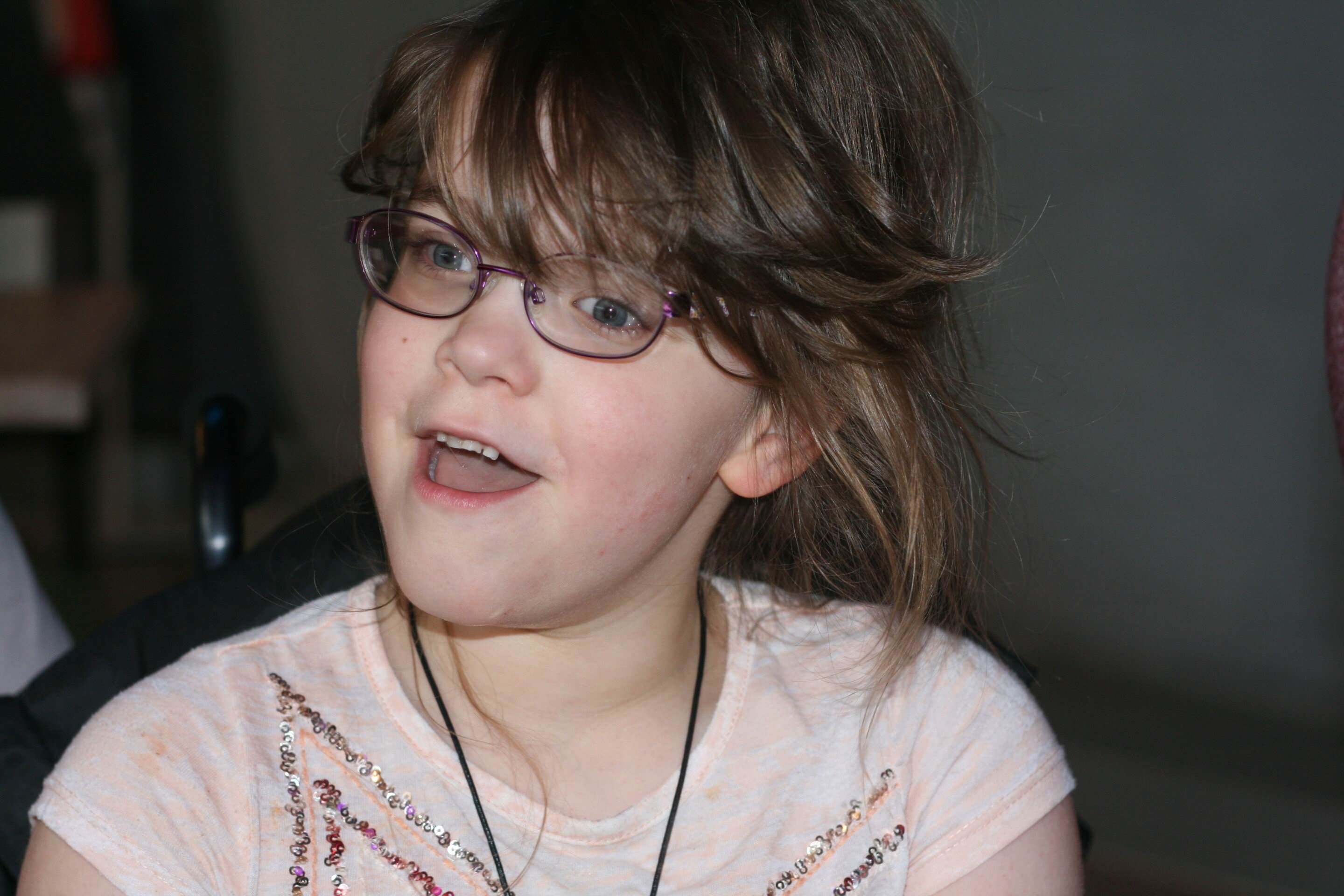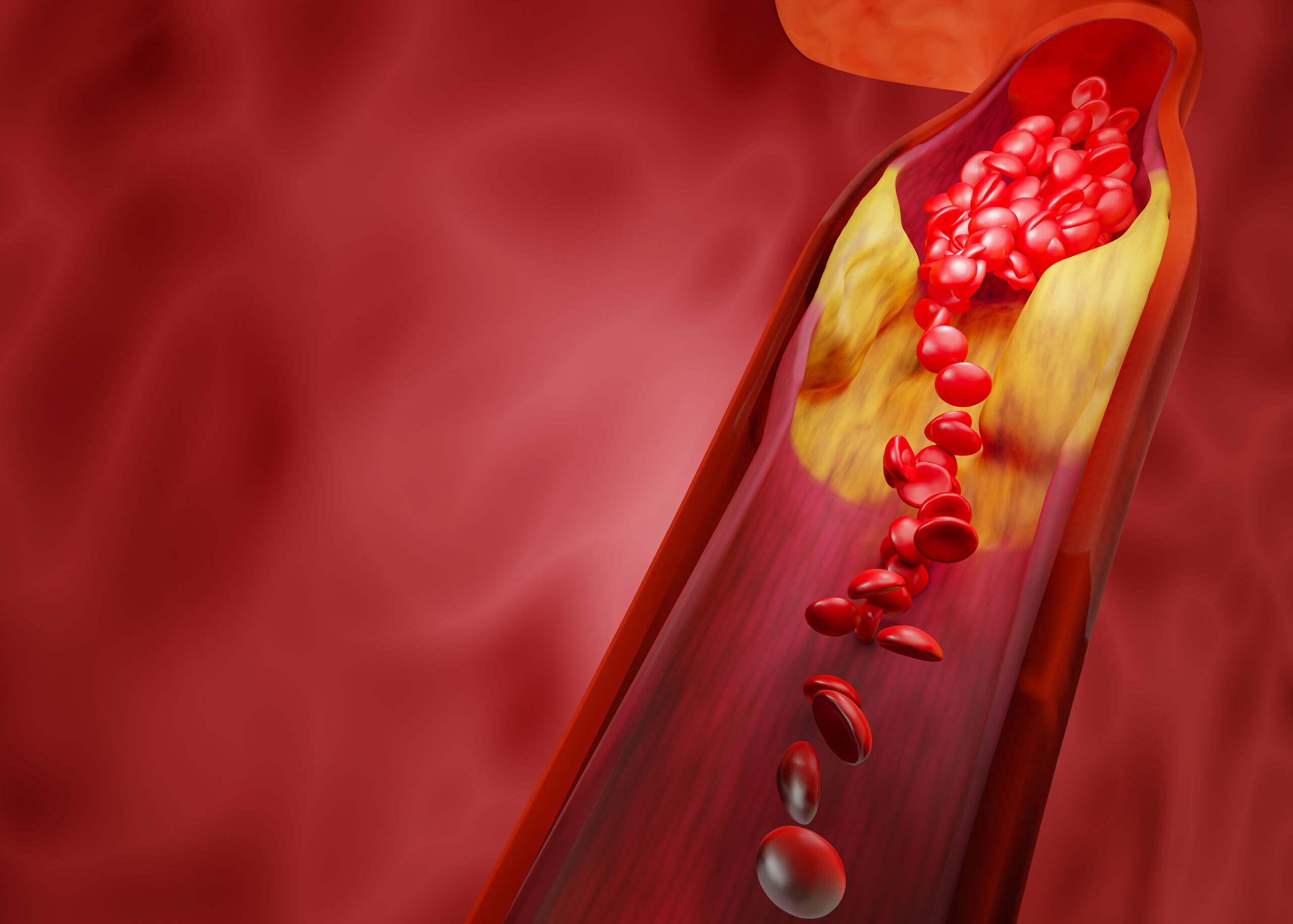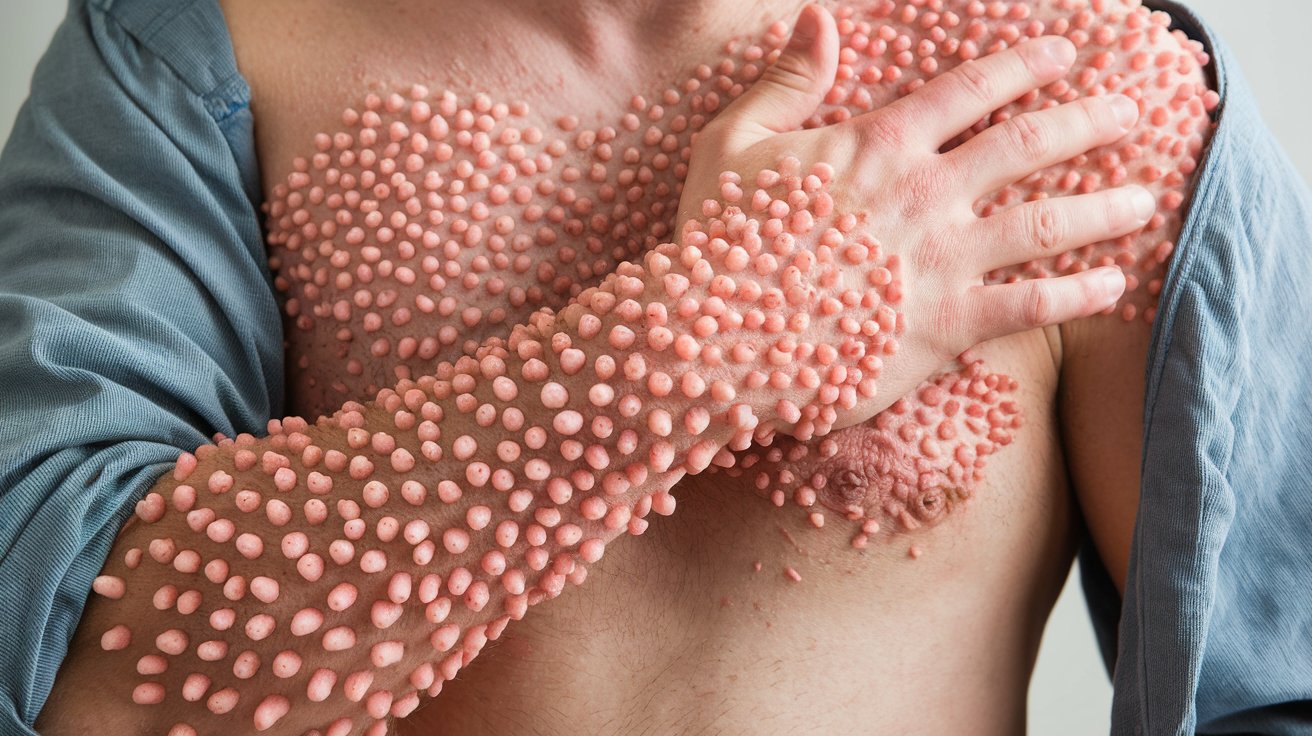
Joubert Syndrome is a rare genetic disorder that primarily affects the brain's cerebellum, responsible for balance and coordination. Affecting roughly 1 in 80,000 to 1 in 100,000 newborns globally, this condition is marked by a distinctive brain malformation known as the "molar tooth sign." This malformation results from the underdevelopment of the cerebellar vermis and brain stem. Symptoms often appear early in life, including low muscle tone, difficulty coordinating movements, and abnormal breathing patterns. Developmental delays and intellectual disabilities are common, impacting daily functioning. Genetic mutations in over 30 genes, mostly affecting primary cilia, cause this disorder. Understanding Joubert Syndrome's complexities helps in managing its wide-ranging effects on the brain, eyes, kidneys, liver, and skeletal system.
Key Takeaways:
- Joubert Syndrome is a rare genetic disorder affecting the brain and body, leading to developmental delays, distinctive facial features, and multisystem impacts, requiring comprehensive management strategies for those affected.
- Genetic mutations in Joubert Syndrome affect primary cilia, leading to cognitive and motor challenges, breathing and vision issues, and distinct physical features, requiring specialized care and support for individuals with the condition.
What is Joubert Syndrome?
Joubert Syndrome is a rare genetic disorder that affects the brain, particularly the cerebellum. This part of the brain is crucial for balance and coordination. Let's dive into some key facts about this condition.
-
Definition and Prevalence
Joubert Syndrome affects about 1 in 80,000 to 1 in 100,000 newborns worldwide. It's a rare condition but has significant impacts on those affected. -
Genetic Basis
Over 30 genes can cause Joubert Syndrome. These genes primarily affect the structure and function of primary cilia, which are essential for cell signaling and development. -
Inheritance Pattern
Most cases are inherited in an autosomal recessive manner. Both parents must carry the mutated gene for their child to be affected. Rarely, it can be X-linked recessive, affecting males more frequently.
Brain Malformation and Symptoms
The brain's structure is notably different in individuals with Joubert Syndrome. This leads to various symptoms, especially in infancy.
-
Brain Malformation
The "molar tooth sign" is a hallmark feature. This malformation is visible on MRI scans and results from the underdevelopment of the cerebellar vermis and brain stem. -
Symptoms in Infancy
Infants often show low muscle tone (hypotonia), difficulty coordinating movements (ataxia), and abnormal breathing patterns (hyperpnea or apnea). -
Developmental Delays
Significant developmental delays are common. These include delays in gross motor skills, fine motor skills, and speech development.
Intellectual and Physical Characteristics
Joubert Syndrome affects both intellectual and physical development, leading to a range of distinctive features.
-
Intellectual Disability
Intellectual disability varies from mild to severe. Cognitive impairments impact daily functioning for many individuals. -
Facial Features
Distinctive facial features include a broad forehead, arched eyebrows, droopy eyelids (ptosis), widely spaced eyes (hypertelorism), low-set ears, and a triangle-shaped mouth. -
Eye Abnormalities
Eye issues are frequent, including retinal dystrophy, coloboma (a gap or split in the eye structure), abnormal eye movements (ocular motor apraxia), and crossed eyes (strabismus).
Organ and System Involvement
Joubert Syndrome doesn't just affect the brain. It can impact various organs and systems in the body.
-
Kidney and Liver Abnormalities
Conditions like polycystic kidney disease and nephronophthisis affect the kidneys, while liver disease can impact liver function. -
Skeletal Deformities
Skeletal deformities such as polydactyly (extra fingers and toes), cleft lip or palate, and tongue abnormalities are also associated with Joubert Syndrome. -
Endocrine Problems
Hormonal imbalances can occur, affecting various bodily functions.
Diagnosis and Treatment
Early diagnosis and appropriate treatment are crucial for managing Joubert Syndrome effectively.
-
Progressive Nature
The condition often worsens over time. Regular monitoring is essential to manage complications like kidney and liver disease. -
Diagnosis
Diagnosis involves physical symptoms, genetic testing for mutations, and MRI scans showing the "molar tooth sign." -
Prenatal Diagnosis
Prenatal diagnosis is possible if gene mutations have been identified in a family member. Carrier diagnosis can also be pursued before conception. -
Treatment
Treatment is primarily symptomatic and supportive. Infants with abnormal breathing patterns require monitoring, and regular check-ups are necessary to manage progressive complications.
Support and Interventions
Various therapeutic interventions can help manage the symptoms and improve the quality of life for individuals with Joubert Syndrome.
-
Therapeutic Interventions
Physical therapy, occupational therapy, and speech therapy can help manage developmental delays and improve motor skills and cognitive function. -
Clinical Trials
Participating in clinical trials can help researchers better understand Joubert Syndrome and related disorders, potentially leading to improved treatments.
Genetic and Ethnic Considerations
Understanding the genetic and ethnic aspects of Joubert Syndrome can provide insights into its prevalence and variability.
-
Ethnic Populations
Joubert Syndrome is more common in certain ethnic populations, such as Ashkenazi Jewish, French-Canadian, and Hutterite communities, due to specific genetic mutations. -
Genetic Subtypes
The disorder can be classified into subtypes based on the specific genes involved. This classification helps in understanding the variability of symptoms and disease progression.
Cellular and Structural Impact
The genetic mutations in Joubert Syndrome lead to defects in primary cilia, affecting various cellular and structural functions.
-
Primary Cilia Defects
Mutations in genes associated with Joubert Syndrome lead to defects in primary cilia, disrupting critical pathways during fetal development. -
Brain Stem Abnormalities
Besides the cerebellar vermis, the brain stem is also malformed. This contributes to the characteristic "molar tooth sign" seen on MRI scans.
Cognitive and Motor Challenges
Individuals with Joubert Syndrome face significant cognitive and motor challenges that require comprehensive support.
-
Cognitive Impairment
Cognitive impairment ranges from mild to severe intellectual disability, affecting daily functioning. -
Motor Coordination Issues
Motor coordination issues lead to ataxia and difficulty with voluntary movements. These are often managed through physical and occupational therapy.
Breathing and Vision Issues
Breathing and vision problems are common in Joubert Syndrome, requiring specialized care and monitoring.
-
Breathing Patterns
Abnormal breathing patterns, including hyperpnea and apnea, are common in infants. These patterns can be life-threatening and require close monitoring. -
Eye Movement Abnormalities
Eye movement abnormalities, such as nystagmus and strabismus, are frequent. These can impact vision and require specialized eye care.
Physical Features and Anomalies
Distinct physical features and skeletal anomalies are part of Joubert Syndrome, often requiring surgical interventions.
-
Facial Differences
Facial differences include a broad forehead, arched eyebrows, ptosis, hypertelorism, low-set ears, and a triangle-shaped mouth. -
Skeletal Anomalies
Skeletal anomalies such as polydactyly and cleft lip or palate are associated with Joubert Syndrome. These can impact overall health and require surgical interventions.
Multisystem Disorder
Joubert Syndrome affects multiple systems in the body, making comprehensive management strategies essential.
-
Endocrine System Impact
The endocrine system can be affected, leading to hormonal imbalances that impact various bodily functions. Regular endocrine evaluations are necessary. -
Multisystem Disorder
Joubert Syndrome is considered a multisystem disorder, affecting the brain, eyes, kidneys, liver, and skeletal system. This multifaceted impact requires comprehensive management strategies.
Understanding Joubert Syndrome
Joubert syndrome is a rare genetic disorder that affects many parts of the body. It’s caused by mutations in over 30 genes, leading to issues with primary cilia, which are crucial for cell signaling and development. The hallmark feature is the "molar tooth sign" seen on MRI scans, indicating brain malformations. Symptoms often appear early, including low muscle tone, difficulty coordinating movements, and abnormal breathing patterns. Developmental delays, intellectual disability, and distinctive facial features are common. Eye, kidney, liver, and skeletal abnormalities also occur frequently. Diagnosis involves genetic testing and imaging studies. Treatment focuses on managing symptoms through therapies and regular monitoring. Joubert syndrome is more prevalent in certain ethnic groups and can be classified into subtypes based on the specific genes involved. Understanding this complex condition helps in providing better care and support for affected individuals.
Frequently Asked Questions
Was this page helpful?
Our commitment to delivering trustworthy and engaging content is at the heart of what we do. Each fact on our site is contributed by real users like you, bringing a wealth of diverse insights and information. To ensure the highest standards of accuracy and reliability, our dedicated editors meticulously review each submission. This process guarantees that the facts we share are not only fascinating but also credible. Trust in our commitment to quality and authenticity as you explore and learn with us.


